Aeta
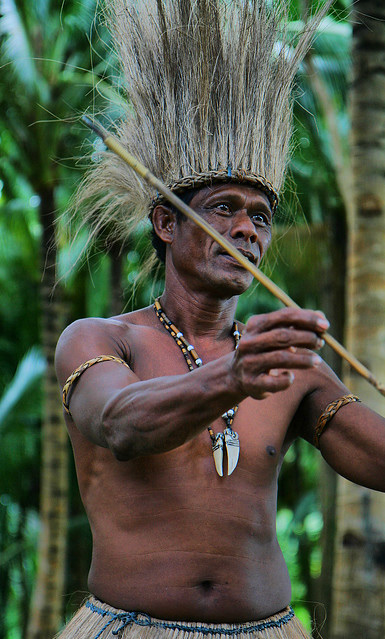
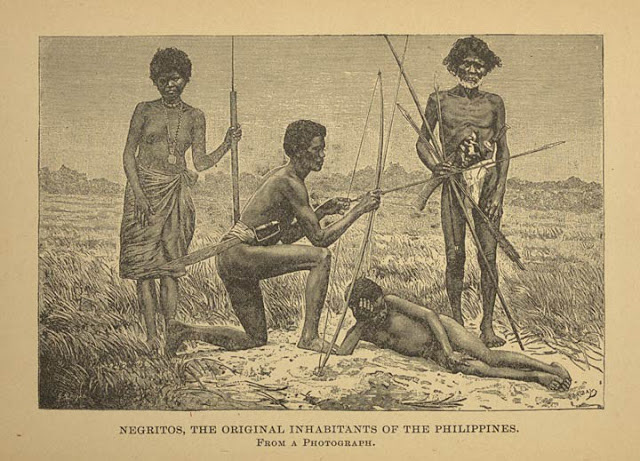
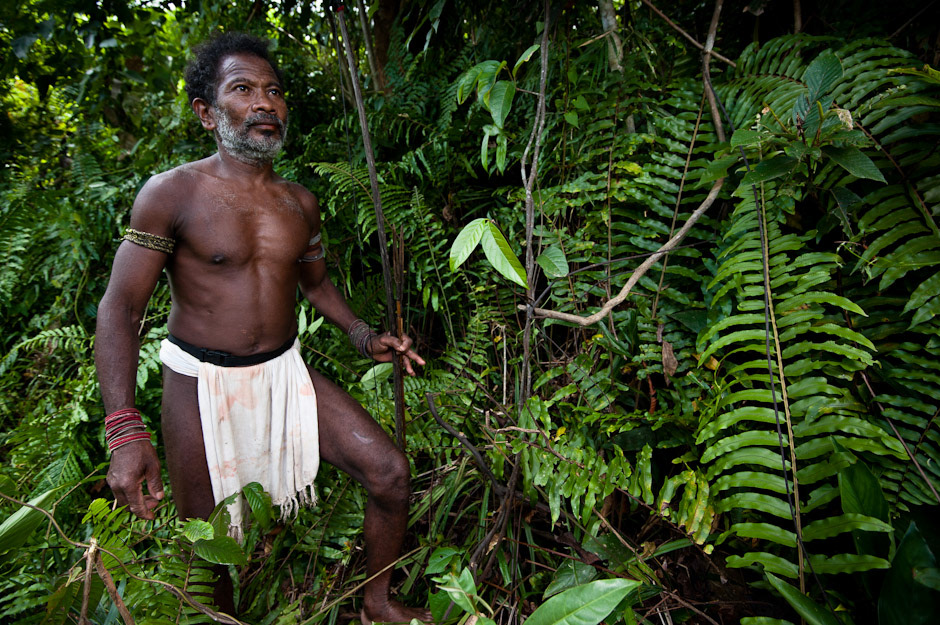
☼ Location: Aeta or Agta is a nomadic tribe that lives in the mountainous region of Northern Luzon.
☼ Culture: These are the first people of the Philippines. Locally known as "negritos" because of their dark complexion and curly hair. Historically, many Aeta have lived near Mount Pinatubo in Zambales for thousands of years. After the volcano rupted in 1991, the majority of Aeta loss their homes. Some Aeta have resettled in urban areas like Manila, while many others head towards the mountains of the North. The Aeta are hunter-gatherers who live off of the land.
☼ Challenges: Mining, marginalization, deforestation, illegal logging, and slash and burn farming.
Bagobo

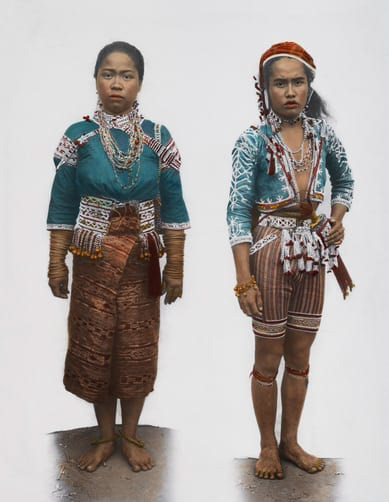

☼ Location: Many Bagobo live in the west coast of the Davao Gulf to the high reaches of Mt. Apo in Southern Mindanao. The mountain Apo Sandawa is the sacred grounds of the Bagobo, and is also the homeland of the Philippine eagle.
☼ Culture: The word Bagobo means “new growth” The Bagobo are a nomadic tribe. They hack their way through virgin forests. They use bow and arrow to hunt wild boar and deer. They fish in the waters that gush from the slopes of Mount Apo. The Bagobo are comprised of three subgroups, the Tagabawa, the Clata, and the Ubo. They all differ in some ways, such as dialects, dance steps, costumes, and color preferences.
☼ Challenges: The main challenges to the Bagobo tribe are dislocation due to loss of ancestral lands. Many Bagobo have been pushed out of their native lands by armed forces like CPP-NPA, and the Philippine government military forces
Poverty
Igorot
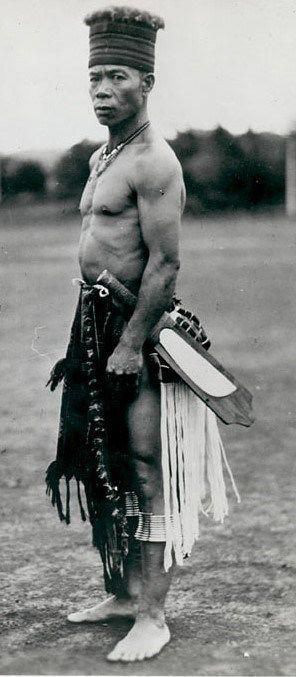
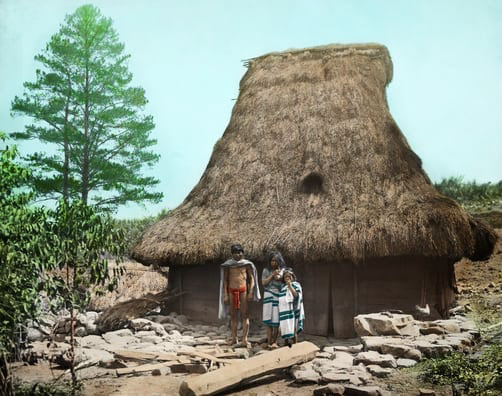
☼ Location: Many Igorot live in the Cordillera region of Luzon in Northern Philippines. Many can also be found in Luzon cities like Baguio, Ifugao, and Abra.
☼ Culture: Igorot means mountain people. They are known for their vibrant pieces of clothing. Their accessories usually have many feathers. Many Igorot members also own ornate pieces of wooden weaponry. The Igorot have historically been a headhunting tribe.
☼ Challenges: Long history of discrimination and oppression which manifests in oppressive land laws and non-recognition of rights to ancestral land.
☼ Culture: Igorot means mountain people. They are known for their vibrant pieces of clothing. Their accessories usually have many feathers. Many Igorot members also own ornate pieces of wooden weaponry. The Igorot have historically been a headhunting tribe.
☼ Challenges: Long history of discrimination and oppression which manifests in oppressive land laws and non-recognition of rights to ancestral land.
Kalinga
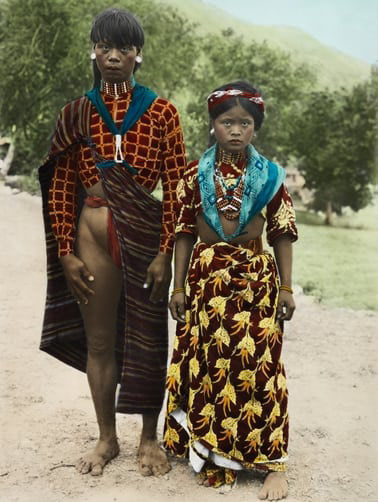
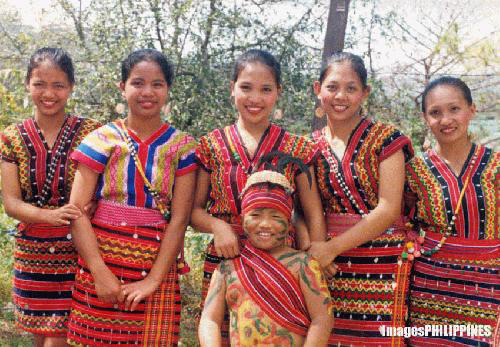
☼ Location: Cordillera mountain region in Northern Luzon in Kalinga, a landlocked province.
☼ Culture: Kalinga means headhunter. In the past, headhunting once symbolized bravery. They are a warrior society. A fierce people. Vengeance is a way of life and philosophy.
Kalinga tribe is widely is known for their distinctive tattoos. Kalinga is also know for Bodong, a peace-pact that with the purpose of defining inter-tribal relationships. The Bodong was developed to minimize traditional warfare and headhunting amongst neighboring tribes.
☼ Challenges: There are only a handful of Kalinga elders alive. This tribe is on the brink of losing customs and culture to modernization.
☼ Culture: Kalinga means headhunter. In the past, headhunting once symbolized bravery. They are a warrior society. A fierce people. Vengeance is a way of life and philosophy.
Kalinga tribe is widely is known for their distinctive tattoos. Kalinga is also know for Bodong, a peace-pact that with the purpose of defining inter-tribal relationships. The Bodong was developed to minimize traditional warfare and headhunting amongst neighboring tribes.
☼ Challenges: There are only a handful of Kalinga elders alive. This tribe is on the brink of losing customs and culture to modernization.
Manobo
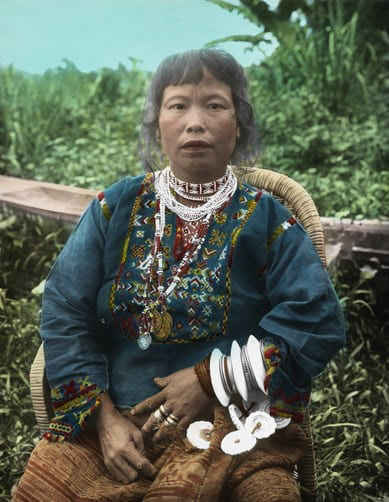
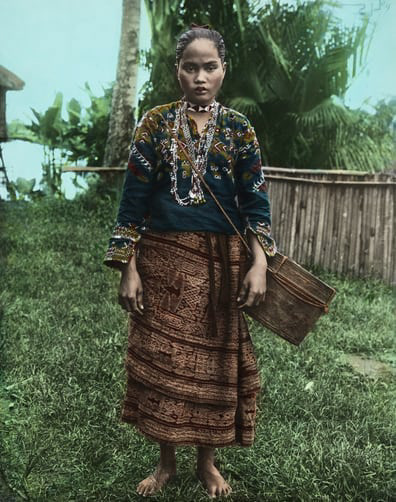
☼ Location: Agusan, Bukidon, Cotabato, Davao, Misamis Oriental, and Surigao Del Sur. The Manobo usually build their villages near small bodies of water or forest clearings, although they also opt for hillsides, rivers, valleys and plateaus. Communities are small, and consist of 4-12 houses
☼ Culture: Manobo simply means people or person. This term may have originated from Mansuba, a combination of man (people) and suba (river). They practice slash and burn agriculture. Four dialects are spoken: Kulamanen, Tigwa, Tala Ingod, and Matig-Salug
☼ Challenges: Poverty and child labor. Many children from the ages of 9 to 14 have spent years working as street vendors and scavengers.
Panay Bukidon
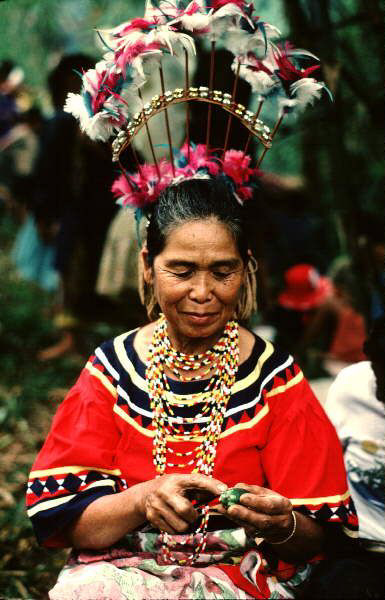
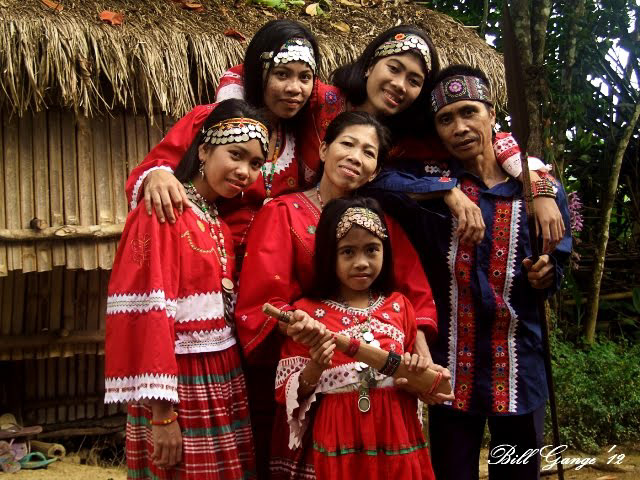
☼ Location: People of the Panay of the Visayan islands.
Indigenous dwellers of Panay Island which covers the interior barangays of Aklan, Antique, Iloilo and Capiz. Many Panay Bukidons have moved from the coast to the inland mountains. Many have sold their clearings to lowland settlers, or have been pushed out of their ancestral land.
Indigenous dwellers of Panay Island which covers the interior barangays of Aklan, Antique, Iloilo and Capiz. Many Panay Bukidons have moved from the coast to the inland mountains. Many have sold their clearings to lowland settlers, or have been pushed out of their ancestral land.
☼ Culture: A warrior society. Their epic, Sugidanon, deals largely with the sea rather than the mountains. Panay Bukidnon hold the belief that every activity that they do is influenced by environmental spirits and deified souls of departed ancestors. The tribe's economic life is largely dependent on agriculture, and is supplemented by fishing and hunting.
☼ Challenges : Loss of tribal lands for natural resources